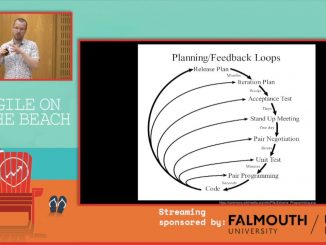Pragmatic Agile Scaling with Safety-Critical Products
Are Agile methods appropriate for safety-critical products? This presentation describes how an Agile project in the nuclear industry, has managed to be Agile while maintaining nuclear safety. A related issue is the complex nature of the work, spread over multiple teams in multiple companies, with work projected to continue for over 5 years.






